We remember the importance of face-to-face reporting
What new digital disruption does 2022 have in store for journalists? This year is actually gearing up to have more of a vintage flavor. With the Covid crisis still fresh, the spotlight is turning back to the good old low-tech art of on-the-ground reporting,
Almost two years after a global health crisis forced newsrooms to improvise, coming back to the field and rekindling in-person interactions can be a challenge. Some reporters will tell you they’re feeling a little rusty. Others say it was easier to be protected by a screen when covering the world’s misery. Some will even admit that reporting from a sofa has its perks — and, in terms of comfort, definitely beats the uncertainty of meeting anonymous sources in the field.
Technology enables the production of more and more remote reporting — at a cheaper cost, from a business point of view. But there is a crucial need to get back to sources and events in the physical world. Only in real life is it possible to scrutinize the slightest signal without being limited by the time slot designated for a call. If you’re distracted by a source’s background on a Zoom call, you might notice what’s on their desk or happening in the corridor near them. Face-to-face reporting saves you from the burden of frozen Facetime images on a bad connection. It might let you glimpse that almost imperceptible frown on your source’s face when you ask a question.
It’s complicated to get to the truth. Getting to the bottom of an issue exclusively from a distance seems a nearly impossible task, even with the habit of a sedentary lifestyle imposed by curfews and lockdowns during Covid.
“When I was in Colombia to report the life and death of the socialist leader Maritza Quiroz Leyva, I had to check with no less than six sources, realizing that these six people could, at any time, give me six different versions,” recalls the French reporter Emilienne Malfatto. Margaux Benn, a journalist of dual French and Canadian nationality, had the same experience, where she had to consult 15 sources to check a piece of information.
Being online adds more complexity. There’s no hierarchy between people with no agenda, experts with an agenda, fake accounts, and so on. Hate, fakes, and data are one big mess; all sources are speaking at the same level and at the same time. To understand the facts behind a story on Instagram or TikTok, an organic exchange, an actual conversation, with all its in-person perks, as well as its annoyances, is essential. In a recent presentation to students at Sciences Po, Clarissa Ward, chief international correspondent at CNN, compared an interview to a dance. “You need to be in the moment to listen to what a person is telling you — it is a real engagement between two individuals, as opposed to a person reading a list of questions and doing their best impression of what listening looks like. Look at their body language and hear them.”
In 2022, as journalists strive to distinguish between sincere insights and questionable testimonies, getting back into the field is bound to come back into fashion.
Alice Antheaume is executive dean of the Sciences Po Journalism School in Paris.

What new digital disruption does 2022 have in store for journalists? This year is actually gearing up to have more of a vintage flavor. With the Covid crisis still fresh, the spotlight is turning back to the good old low-tech art of on-the-ground reporting,
Almost two years after a global health crisis forced newsrooms to improvise, coming back to the field and rekindling in-person interactions can be a challenge. Some reporters will tell you they’re feeling a little rusty. Others say it was easier to be protected by a screen when covering the world’s misery. Some will even admit that reporting from a sofa has its perks — and, in terms of comfort, definitely beats the uncertainty of meeting anonymous sources in the field.
Technology enables the production of more and more remote reporting — at a cheaper cost, from a business point of view. But there is a crucial need to get back to sources and events in the physical world. Only in real life is it possible to scrutinize the slightest signal without being limited by the time slot designated for a call. If you’re distracted by a source’s background on a Zoom call, you might notice what’s on their desk or happening in the corridor near them. Face-to-face reporting saves you from the burden of frozen Facetime images on a bad connection. It might let you glimpse that almost imperceptible frown on your source’s face when you ask a question.
It’s complicated to get to the truth. Getting to the bottom of an issue exclusively from a distance seems a nearly impossible task, even with the habit of a sedentary lifestyle imposed by curfews and lockdowns during Covid.
“When I was in Colombia to report the life and death of the socialist leader Maritza Quiroz Leyva, I had to check with no less than six sources, realizing that these six people could, at any time, give me six different versions,” recalls the French reporter Emilienne Malfatto. Margaux Benn, a journalist of dual French and Canadian nationality, had the same experience, where she had to consult 15 sources to check a piece of information.
Being online adds more complexity. There’s no hierarchy between people with no agenda, experts with an agenda, fake accounts, and so on. Hate, fakes, and data are one big mess; all sources are speaking at the same level and at the same time. To understand the facts behind a story on Instagram or TikTok, an organic exchange, an actual conversation, with all its in-person perks, as well as its annoyances, is essential. In a recent presentation to students at Sciences Po, Clarissa Ward, chief international correspondent at CNN, compared an interview to a dance. “You need to be in the moment to listen to what a person is telling you — it is a real engagement between two individuals, as opposed to a person reading a list of questions and doing their best impression of what listening looks like. Look at their body language and hear them.”
In 2022, as journalists strive to distinguish between sincere insights and questionable testimonies, getting back into the field is bound to come back into fashion.
Alice Antheaume is executive dean of the Sciences Po Journalism School in Paris.
Cristina Tardáguila

Gabe Schneider

Stephen Fowler

Tamar Charney

Jessica Clark

Errin Haines

Robert Hernandez

Jennifer Coogan

Kristen Jeffers
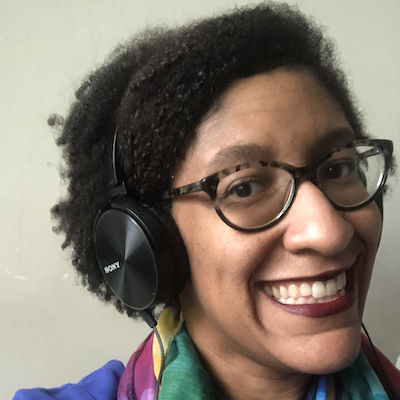
Shalabh Upadhyay

Christina Shih

j. Siguru Wahutu
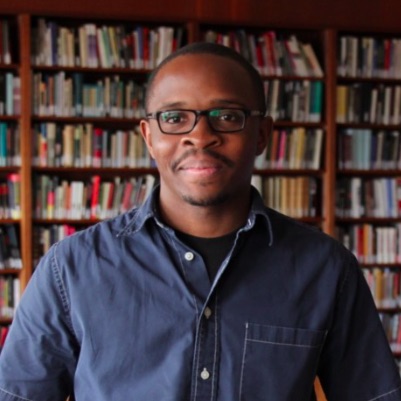
Doris Truong

AX Mina

Simon Galperin

Wilson Liévano

Alice Antheaume

Tom Trewinnard

David Cohn

Andrew Freedman

Jody Brannon

Megan McCarthy

Larry Ryckman

Moreno Cruz Osório

Cindy Royal

Stefanie Murray

S. Mitra Kalita
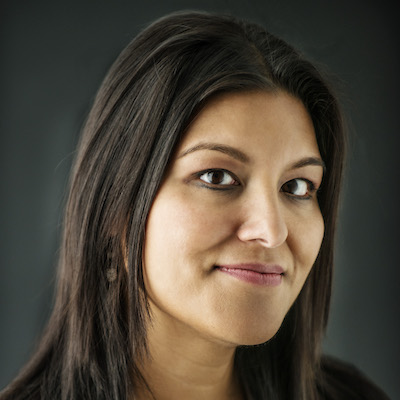
James Green

Jonas Kaiser

Jesenia De Moya Correa

A.J. Bauer

Parker Molloy

Kathleen Searles Rebekah Trumble

Meena Thiruvengadam

Tony Baranowski

James Salanga

Paul Cheung

Kristen Muller

Julia Munslow

Julia Angwin

Juleyka Lantigua

Matt Karolian

Rachel Glickhouse

Melody Kramer

Jesse Holcomb

Mario García

Millie Tran

Richard Tofel

Eric Nuzum

Nik Usher

Matt DeRienzo
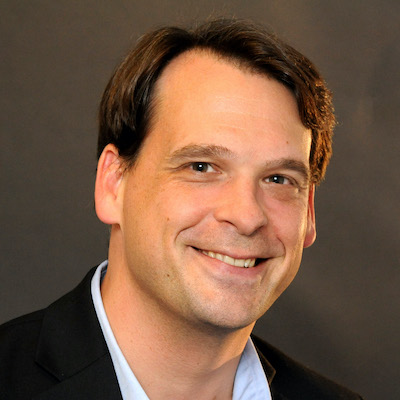
Francesco Zaffarano

Gordon Crovitz

Whitney Phillips

Burt Herman

Jennifer Brandel

Amara Aguilar

Kendra Pierre-Louis

Rasmus Kleis Nielsen

Kerri Hoffman
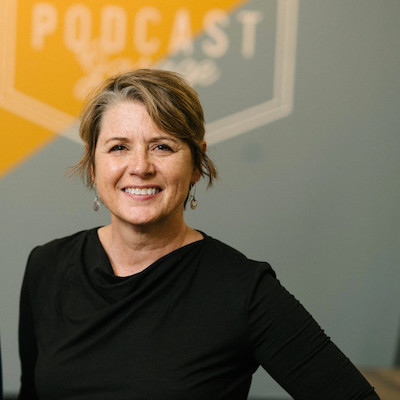
David Skok

Brian Moritz

Joanne McNeil

Mike Rispoli

Victor Pickard

Joshua P. Darr

Cherian George

Amy Schmitz Weiss

Simon Allison

Catalina Albeanu

Anthony Nadler

Michael W. Wagner

Izabella Kaminska

Mary Walter-Brown

Mandy Jenkins

Gonzalo del Peon

Matthew Pressman

Sam Guzik

John Davidow

Zizi Papacharissi

Don Day

Laxmi Parthasarathy

Ståle Grut

Shannon McGregor Carolyn Schmitt

Chase Davis

Jim Friedlich

Joni Deutsch

Natalia Viana

Daniel Eilemberg

Anita Varma

Candace Amos

Chicas Poderosas

Christoph Mergerson

Joy Mayer

Raney Aronson-Rath

Ariel Zirulnick

Anika Anand

Joe Amditis

Sarah Stonbely

Sarah Marshall
